A night silence settled over Big Island Pond in southern New Hampshire when we lost the whippoorwills. But about 20 years ago common loons (“common” only north of the contiguous states) showed up for the first time in even my grandparents’ memory.
The territorial song of the males — wild, discordant yodeling — starts at one end of our island and is answered at the other. Then contact calls — soft owl-like hoots and wails like the whistles of distant freight trains. By day tremolos as the heavy, black-and-white-checkered birds descend in swift flight, hitting the water and skidding sideways like ditching aircraft.
In May 2009 I watched a loon haul onto our beach. It couldn’t hold up its head. It quivered. Its ruby eyes grew dull. Three hours later it was dead. A neurotoxin had destroyed cells in its liver, kidneys, eyes and brain. That neurotoxin was lead. A lead sinker as small as a split shot will do that.
Loons face hazards we can’t do much about. The contiguous states are on the southern fringe of their range, and global warming may drive them north. Mercury mobilized by acid rain and from fossil fuels poisons them. Boat traffic and shoreline development destroys nests and discourages nesting. On the Great Lakes — especially Lake Erie where nesting has been eliminated — thousands of migrating loons die each year, victims of alien species unleashed by humans. It works like this: zebra and quagga mussels from eastern Europe concentrate naturally occurring botulism bacteria, among the planet’s most lethal toxins. Round gobies from the Black and Caspian Sea regions eat the mussels. Loons eat the gobies.
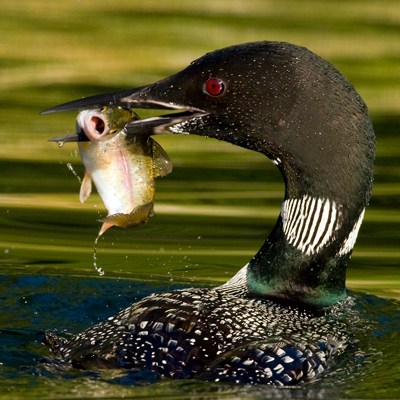
Lead fishing tackle, however, is a hazard we can do something about. Non-toxic metals including steel, bismuth, copper and tin are cheap and readily available. Tungsten is relatively expensive but weighs more than lead. Non-toxics hold up better than lead, don’t snag as easily, keep tackle boxes cleaner and are safe for humans. Now there are even ceramic and natural rock sinkers. I shudder to recall all the times I bit shut sinkers and picked lead flecks from my teeth.
Outside the Great Lakes lead tackle is the leading cause of adult-loon mortality. In New Hampshire, for example, 48 percent of dead adult birds turned in to the Loon Preservation Committee were poisoned by lead. The committee and its partners rope off nesting sites, erect buoys and warning signs, deploy nesting rafts, rescue injured and stranded loons, host seminars, and work with dam owners to maintain suitable water levels. But prior to this year’s strict lead-tackle ban six full seasons of nesting-raft management were negated by just 38 pieces of ingested lead.
The only states with lead-tackle regulations are New Hampshire, Maine, Massachusetts, Vermont, New York and Washington. Many others, including Minnesota which has slightly more than half of all lower-48 loons, rely only on education.
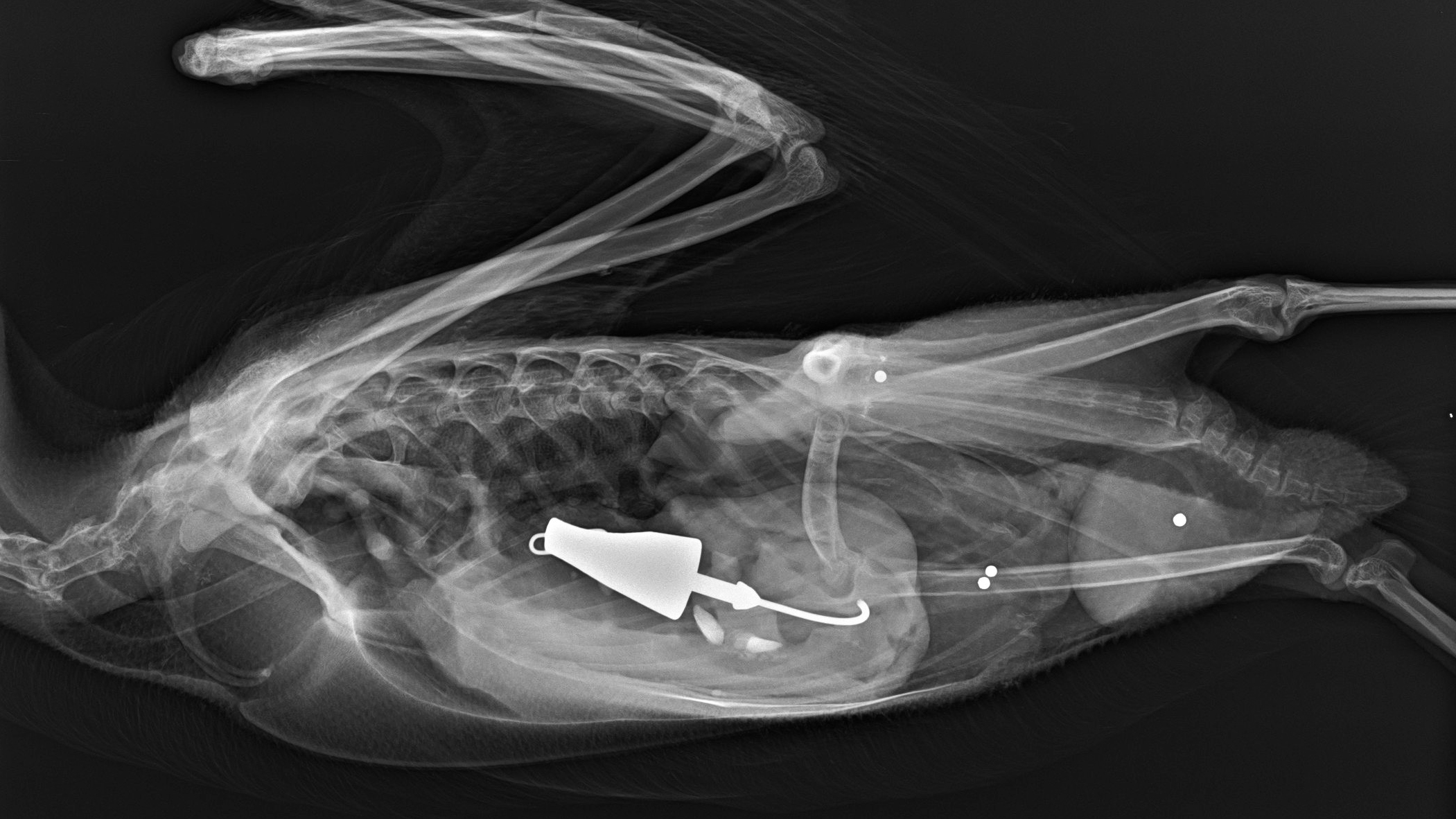
“We’ve been educating about this problem since the early 1980s,” declares Loon Preservation Committee director Harry Vogel, “and the only point at which we saw a measurable decrease in lead mortality was when the legislature restricted sale and use. Education by itself doesn’t work because lead tackle remains widely available.” New Hampshire’s ban, strengthened in 2016, outlaws use and sale of lead sinkers and jigs weighing an ounce or less.
A law that looked to be as good as New Hampshire’s went into effect this year in Maine. But after hearings the legislature inserted an exemption for painted jigs in the mistaken notion that paint somehow prevents pebble-filled gizzards from grinding up lead. “We were dumfounded,” says a leading wildlife veterinarian, Dr. Mark Pokras of Tufts Cummings School of Veterinary Medicine, “That’s a huge loophole.”
“Why not a national ban,” I asked Vogel?
“Unfortunately, lead is widely viewed as a loon problem,” he said. “It’s a wildlife problem; more than two dozen species are poisoned by lead tackle. Most states don’t have loons, so there’s no enthusiasm for tackling this on a national level.”
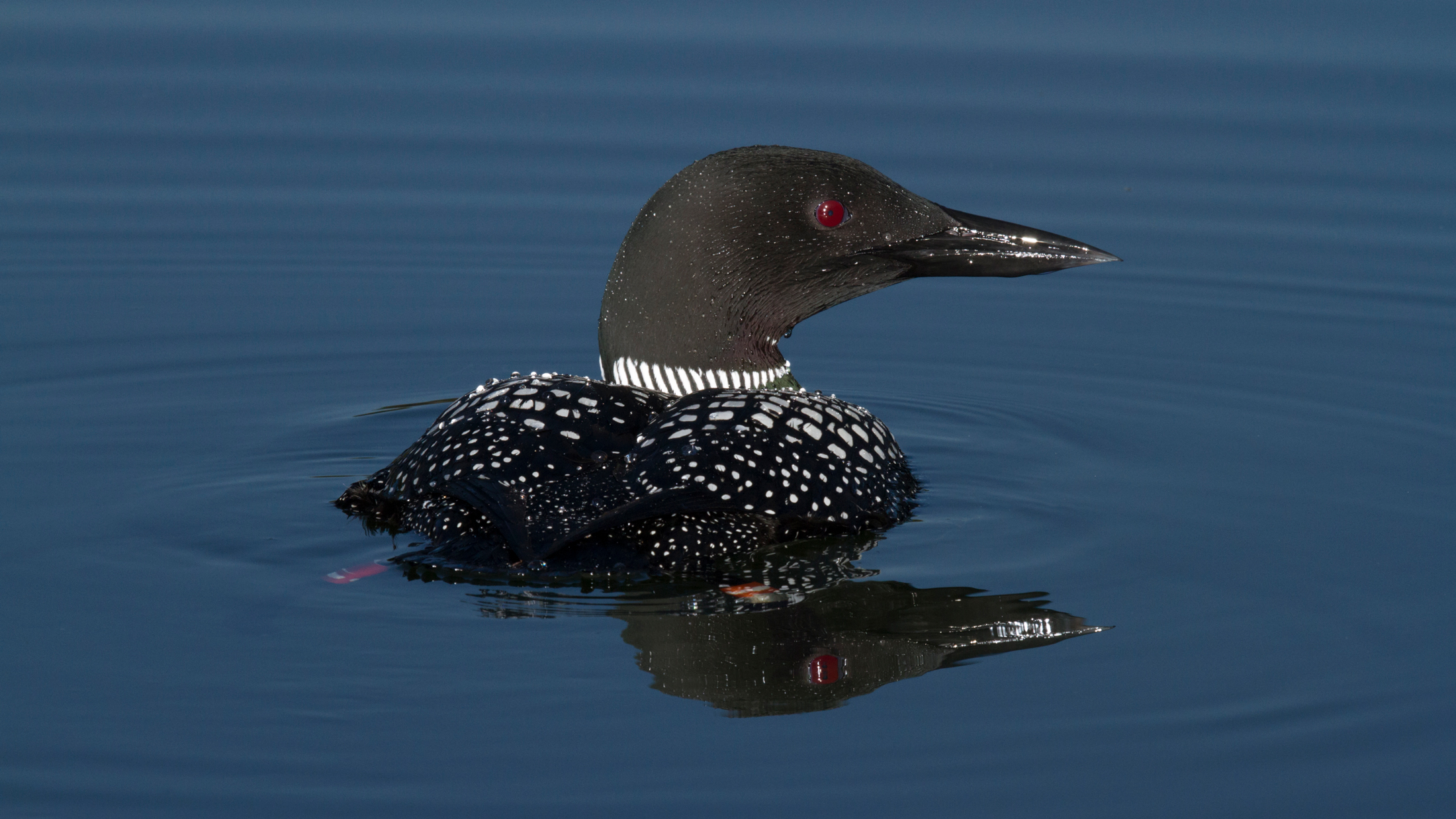
There was plenty of enthusiasm, however, for shouting down a 2010 petition by environmental groups for a national ban on lead tackle and ammo under the Toxic Substances Control Act. The Recreational Fishing Alliance (funded largely by the tackle industry) called the petition “anti-fishing, anti-fisherman, doomsday protectionism in the name of loons and loony extremists.”
In February 2016 the U.S. House passed the “Sportsmen’s Heritage and Recreational Enhancement Act” that would bar EPA and even the Departments of Interior and Agriculture from regulating lead ammo and tackle.
Lead regulation isn’t even happening on most National Park units. In March 2009 the Park Service announced that it would ban lead tackle and ammo by the end of 2010. But a trade group called the American Sportfishing Association (ASA) and the gun lobby caterwauled. So the service backed off, applying the ammo ban only to its employees and requiring contracted concessionaires to restock with non-toxic tackle once they’d sold off their lead.
“National Parks such as Yellowstone and Glacier have long banned lead in most fishing activities, but sadly, these restrictions are not yet widespread,” remarks the Park Service’s chief of biological resources, Elaine Leslie. “There’s plenty of peer-reviewed science and evidence indicating the hazardous impacts of lead to a healthy environment — both in terrestrial and aquatic systems.”

Virtually all fishing organizations and publications that object to non-toxics receive and recycle such ASA fiction as “alternatives materials to lead can cost anglers up to 20 times what current tackle costs.” (The EPA reports that a switch to non-toxic tackle costs the average angler an additional 31 cents per year.)
Six years ago nature photographers Daniel and Ginger Poleschook received death threats when they led a campaign to ban lead tackle in Washington State. ASA opposition derailed effective regulation. So lead is illegal only on Washington lakes where loons are known to nest. But loons ingest lead on the other lakes; and about as many are poisoned there as on nesting lakes.
This column, though, is about recovery. And incredibly, with all they face, loons are recovering in the lower 48. While state lead bans are few and sometimes less than adequate, they’ve helped. Buoys, ropes, warning signs and nesting rafts play a big part. New Hampshire, for instance, has gone from fewer than 100 loon pairs in 1976 to 296; Vermont from 17 pairs in 1984 to 117; Massachusetts from no loons in 1975 to 43 pairs.
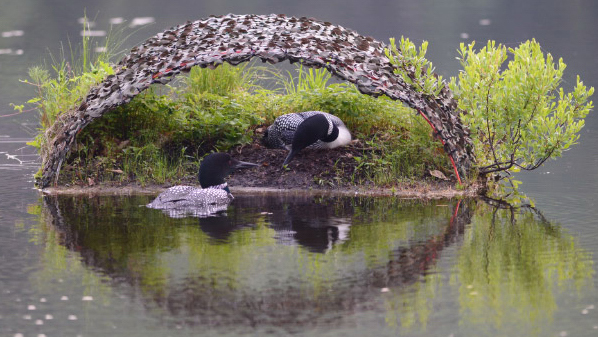
The Maine-based Biodiversity Research Institute has been netting loon chicks from healthy populations and moving them to depleted habitat where they’re placed in floating, predator-proof hacking pens stocked with live shiners they catch on their own. Over the last three years the institute has moved 17 chicks from northern Minnesota to barren lakes in the southern part of the state. Lakes in southeast Massachusetts got seven birds from upstate New York in 2015, this year four from New York and five from Maine.
With all the restoration effort and the cheap, superior tackle alternatives it’s nonsensical for states or federal agencies to allow lead. “Non-toxic tackle is a no-brainer,” says Pokras. “I don’t understand this opposition from the sportfishing community.”
But when I checked in with the sportfishing community that ASA claims to speak for I encountered only support for non-toxics. Pradco, among the world’s largest tackle manufactures, proudly reported that it had “pretty much eliminated lead.” Pradco and the Bass Pro Shops sell lots of tungsten because, as they explained, it performs better than lead and anglers demand it. L.L.Bean, long noted for environmental responsibility, sells little lead but, apparently buying into the Maine legislature’s superstition that paint protects fish-eating birds, still carries painted lead jigs. In 2015 it discontinued lead sinkers two ounces or less even though the 2016 law permits sale of sinkers over an ounce. Orvis sounded offended that I’d even asked about lead, explaining that it hasn’t sold the poison in years.
Maybe the Park Service’s Elaine Leslie says it best: “The United States is far behind many countries on addressing the lead issue. It is nearly 2017, and it’s time that we, the entire conservation community — which includes hunters and anglers — step up and do the right thing … There are no excuses for our inactions.
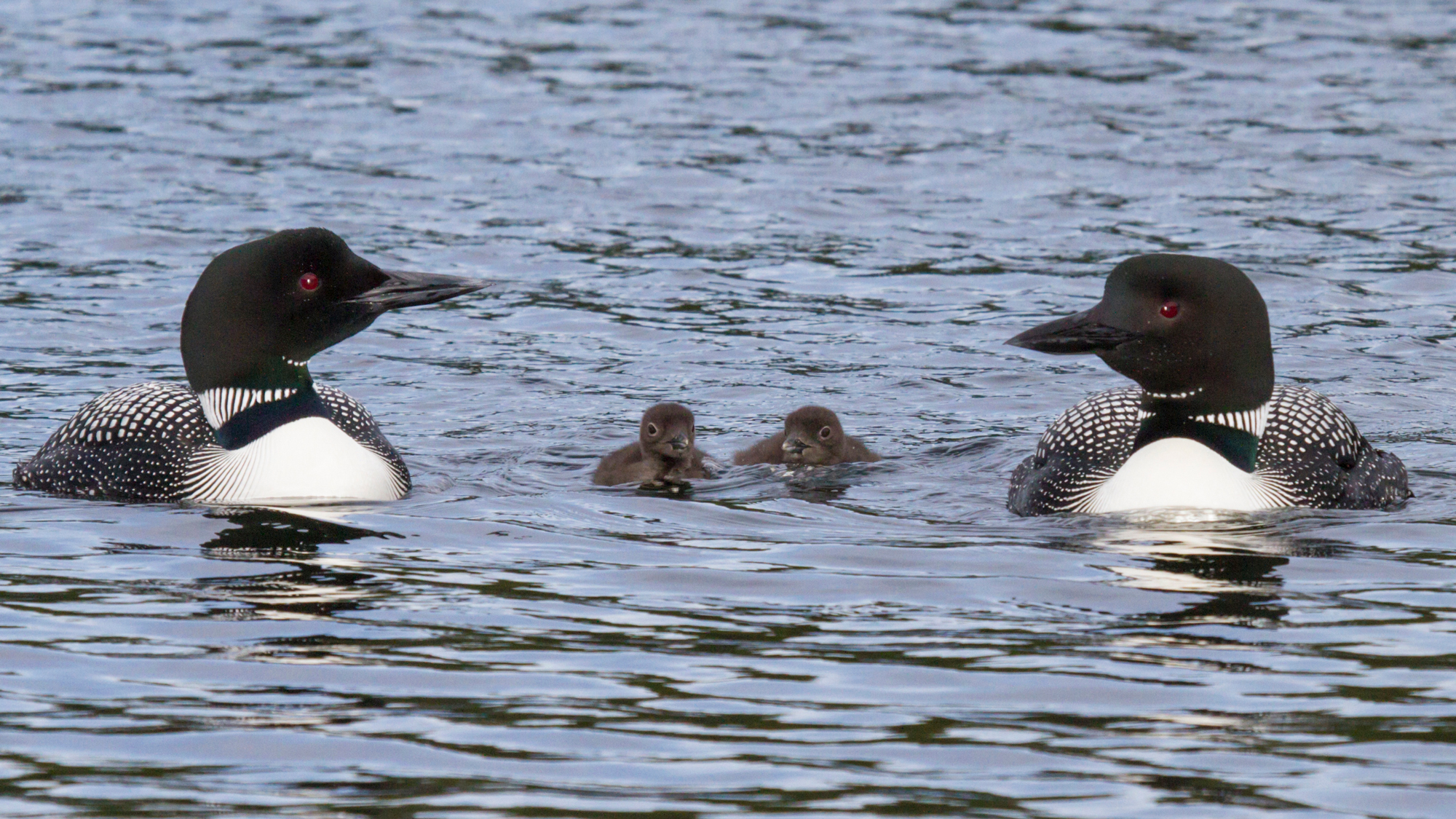
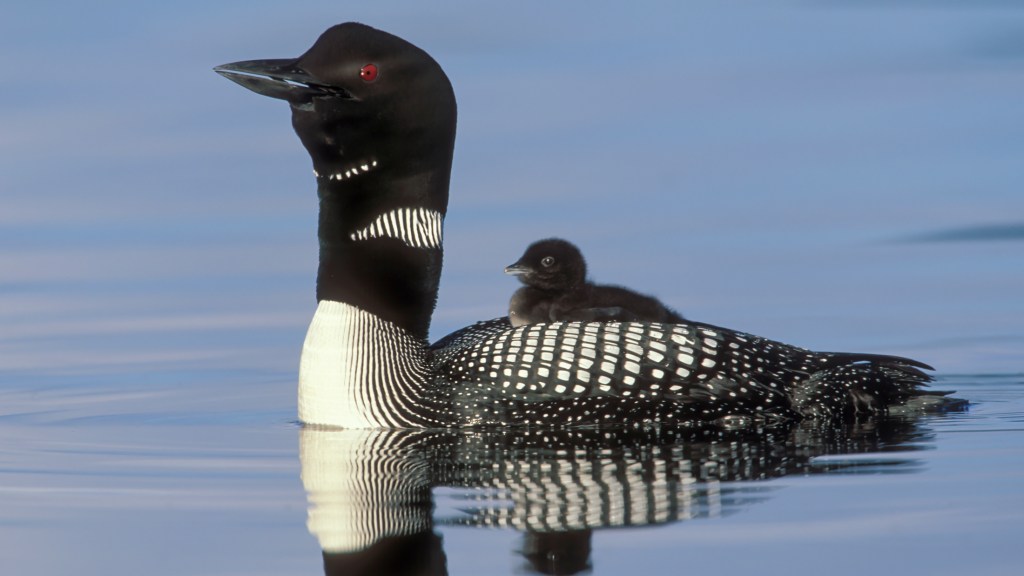



i will help
All of this pollution is ignored by the regulatory agencies because the NRA and industry lobbies reduce election funding to many legislators that would
ask their ‘environmental protection agencies’ to do their jobs assessing these risks as required by the Clean Water Act, Clean Drinking Water Act etc. None of this ever shows up due to lack of due diligence for public health…. and we are poisoning our precious children.
Everybody better check their own garages, look on the bench where you set your tackle box after taking the grandkids to teach them how to fish. Go to a hardware store, buy a cheap lead test kit for surfaces, go home and test that tackle box superfund site by just swabbing anywhere in the box. The fine black nearly pure lead powder contaminating the surfaces has likely poisoned the people you love by contaminating your hands, the fishing pole, the sandwiches you handed out to your grandkids, the apples you ate, the cooler ice, and the fish you took home to put into the frying pan. Chronic low dose accumulative effects harm children from all lead sources, the high levels on those apples could have directly poisoned them at levels that reduced IQ. How many tackle boxes sit in contaminated boats? How many sinkers get lost in salmon streams that grind lead sinkers up, exponentially increasing surface area to dissolve faster in the water, chronically low dosing whole aquatic habitats?